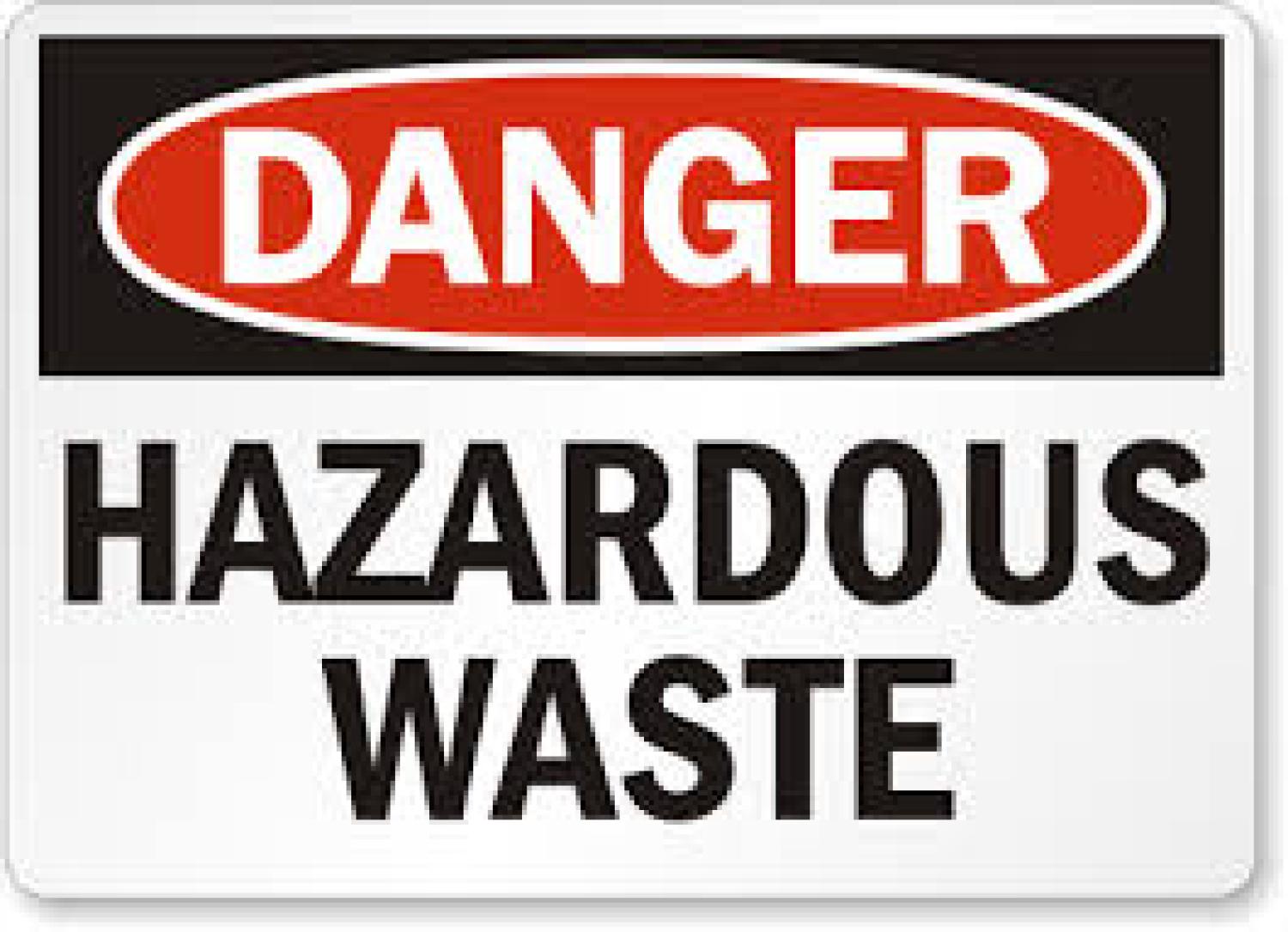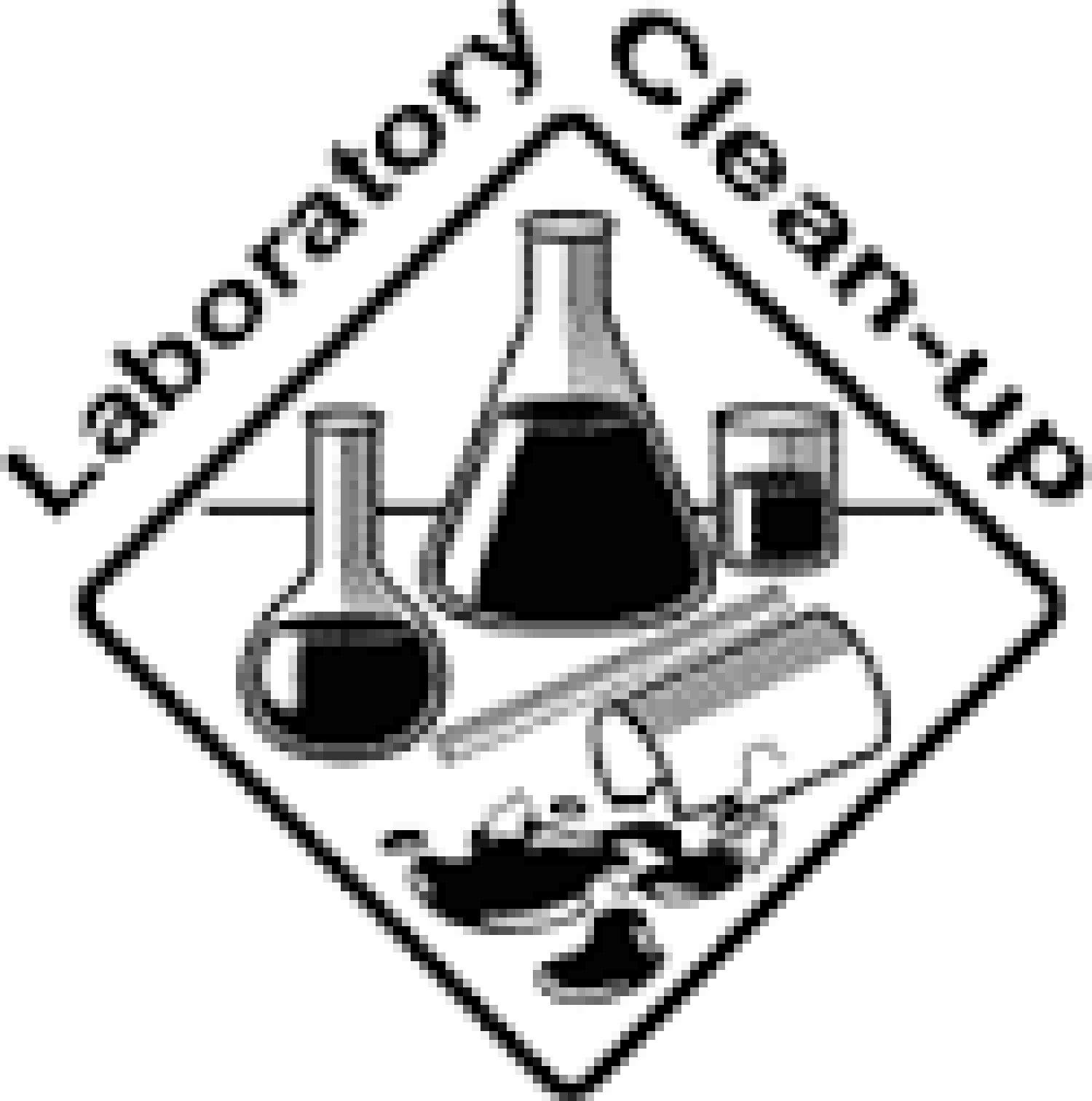Hazardous Waste Management

Hazardous Waste Management on the CU Campus falls under the Hazardous Waste and Materials Unit.
Any CU employee, student or visitor that works with chemicals, radiation or biological agents is a generator of hazardous waste. Generators of hazardous waste are required to be trained annually by the campus to meet compliance. Initial training is done in a class room setting and subsequent refresher training done electronically. Before generating any kind of waste, a generator must complete the required training. To find a training course or module go here: EH&S Training
 Proactive Approach
Proactive Approach

Minimizing the amount of waste that is generated is beneficial to the environment, the campus and to you. Where there is opportunity to conduct research with less hazardous chemicals and/or reduce the amount of chemicals to use equates to less hazardous waste being generated.
Some things that you can do to help reduce the overall footprint for CU is the following:
- Check chemical inventories prior to ordering chemicals.
- Determine if there is a less hazardous chemical that can be used for your experiment.
- Order what is needed for the experiment and avoid stock piling extra chemicals.
- Keep chemical inventories up to date, remove items that have been disposed of off the inventory and up date new chemicals being received with hazard and location details.
- Be sure to label all containers with proper name, date received/generated and initials.
Treatment of Waste
EH&S has been designated as a waste treatment facility for treating waste streams that are generated on campus. Having this designation helps the campus to reduce the amount of waste that has to be sent offsite. You can play a key role in helping EH&S minimize our waste on campus. Before you generate a waste stream, check with EH&S first and see what simple steps can be taken to have your waste stream qualify for the minimization program. Learn more about more ideas on waste minimization and treatment .

Lab Clean Ups
EH&S does a great job at handling all the waste that is generated on campus and when labs clean ups occur they have aided departments in clearing out any chemicals left behind.
One of the biggest challenges that the campus has with respect to Hazardous waste is with the clean up process. Labs that have moved or are no longer operational or people in labs that have left the University can present some obstacles to discarding old chemicals.
Chemicals that are left behind and are not able to be reintegrated into other labs become hazardous waste. Often times because of the large number and variety of these chemicals, several of them will have to be sent out in lab packs for disposal. Lab packs can be very costly to the University and add to our overall waste footprint as a campus.
The biggest challenge with this process is with vials and containers that are not properly labeled or even labeled at all. Discarding these kind of chemicals creates not only more work, but can cost even more to dispose of because the substance needs to be assessed to determine its hazards and how to then dispose of it. Analysis tests can be very expensive and often have to be outsourced.
Everyone who uses chemicals and generates waste, compounds, solutions, etc. plays a key role in helping to reduce the waste on campus. Some things that can be done to reduce the waste generated are:
- Identify compounds and solutions that are made, with:
- the full chemical name
- a date it was made to include the year
- initials of the person who made it
- Be sure this information is on the container and written legibly
- Chemical structures must have the name accompany it on containers
- Conduct regular lab clean ups to discard old chemicals and keep spaces clean and clear.
- Have a checkout process for Students and Employees leaving the lab, assure that they have cleaned their working area and include a process of reviewing their lab bench area and the containers they were using for proper identification.
- Keep labs Chemical Inventory up-to-date

